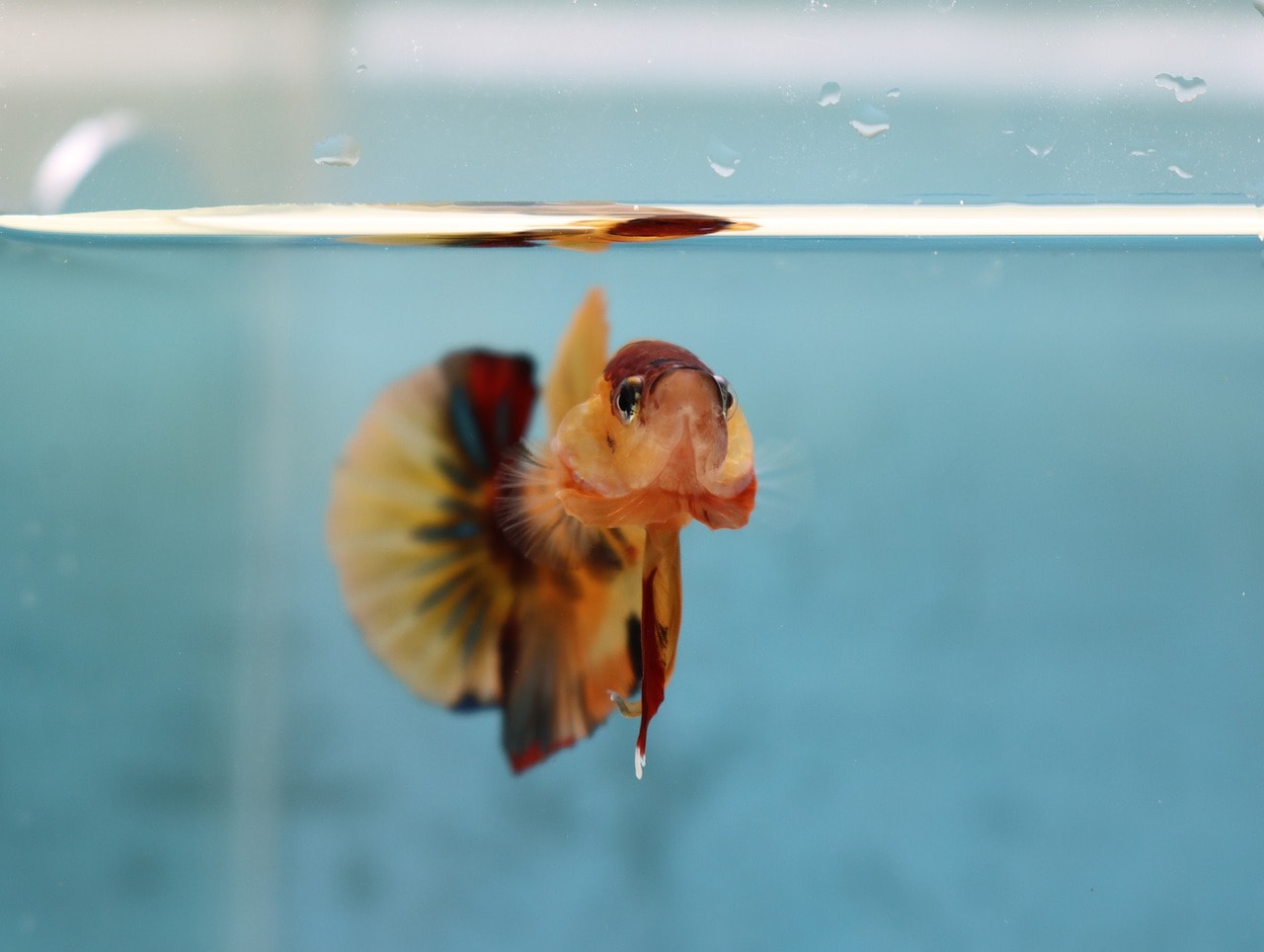

When there is air in the bladder the ventral side can vary substantially in size depending on how much gas is present. The other half (the ventral side) of the swim bladder is located closer to the tail. The bladder is tightly linked to the spine, which prevents it from shifting position. The front half ( dorsal) side covered in a thick tissue, which does not allow for much movement or fluctuation. Within the fish air bladder is two different halves. This organ is created during the embryonic stage from the out-pocketing canal. In worse cases, this disease can result in fish death.Ī swim bladder is an organ that goes by the name air bladder or gas bladder. With this element being impaired, it will affect the way that they travel and balance themselves throughout the water which is important to how they keep afloat.

This disorder is commonly known to be seen in goldfish and bettas. This disorder can be due to multiple factors such as physical abnormalities, environmental, mechanical, or in some cases due to fishes being inbred. Swim bladder disease is a very common illness within aquarium fish that results in the bladder not functioning properly causing the fish to swim upside down. A fish with swim bladder disorder can float nose down tail up, or can float to the top or sink to the bottom of the aquarium. The swim bladder is an internal gas-filled organ that contributes to the ability of a fish to control its buoyancy, and thus to stay at the current water depth without having to waste energy in swimming.

Swim bladder disease, also called swim bladder disorder or flipover, is a common ailment in aquarium fish. Disease of fish Female ryukin goldfish with swim bladder disease The gas bladder of a fish


 0 kommentar(er)
0 kommentar(er)
